Best practices for segmentation to achieve higher engagement focus on creating relevant, timely, and personalized communications by dividing your audience into meaningful groups based on multiple criteria and continuously refining these segments. Key strategies include:
-
Define Clear Goals
Establish specific objectives for segmentation such as increasing engagement, retention, or conversions. Clear goals guide the segmentation criteria and help measure success. -
Use High-Quality, Relevant Data
Collect accurate, comprehensive data from trusted sources, including demographic, behavioral, psychographic, geographic, and transactional information. Combining multiple data types creates nuanced segments that better reflect customer diversity. -
Segment by Engagement Levels and Behavior
Group customers based on their interaction frequency, recency, and monetary value (RFM), or engagement patterns like email opens, clicks, purchases, and website visits. Typical engagement-based segments include active, passive, and low engagers, each requiring tailored messaging strategies. -
Combine Attribute and Behavior-Based Segmentation
Use both static attributes (age, location) and dynamic behaviors (recent activity, purchase frequency) to refine segments for more precise targeting. -
Keep Segments Manageable and Actionable
Avoid over-segmentation that complicates marketing efforts. Focus on segments that are large enough to be meaningful but specific enough to personalize messaging effectively. -
Leverage Dynamic and Real-Time Segmentation
Update segments regularly based on new data and changing customer behaviors to maintain relevance and responsiveness. -
Test and Refine Segments Continuously
Use A/B testing and performance monitoring to evaluate segment effectiveness and optimize messaging strategies over time. -
Use Automation and Advanced Tools
Employ CRM and marketing automation platforms (e.g., HubSpot, Salesforce, Dataroid) to automate segmentation, personalize campaigns at scale, and gain deeper insights. -
Personalize Messaging and Offers
Tailor content, offers, and communication channels to the specific needs and preferences of each segment to increase engagement and loyalty. -
Ensure Compliance and Data Privacy
Follow relevant privacy laws (GDPR, CCPA) when collecting and using customer data to maintain trust and avoid penalties.
Summary Table of Engagement-Based Segmentation and Actions
| Customer Segment | Characteristics | Recommended Actions |
|---|---|---|
| Active Engagers | Frequent interactions, purchases, loyalty | Reward loyalty, personalized offers |
| Passive Engagers | Occasional interactions, less frequent buys | Reactivation campaigns, compelling content |
| Low Engagers | Minimal interaction, one-time or inactive | Investigate reasons, targeted re-engagement |
This approach enables marketers to send relevant messages at the right time, boosting retention and engagement effectively.
By following these best practices, businesses can optimize segmentation strategies to drive meaningful customer engagement and improve marketing ROI.



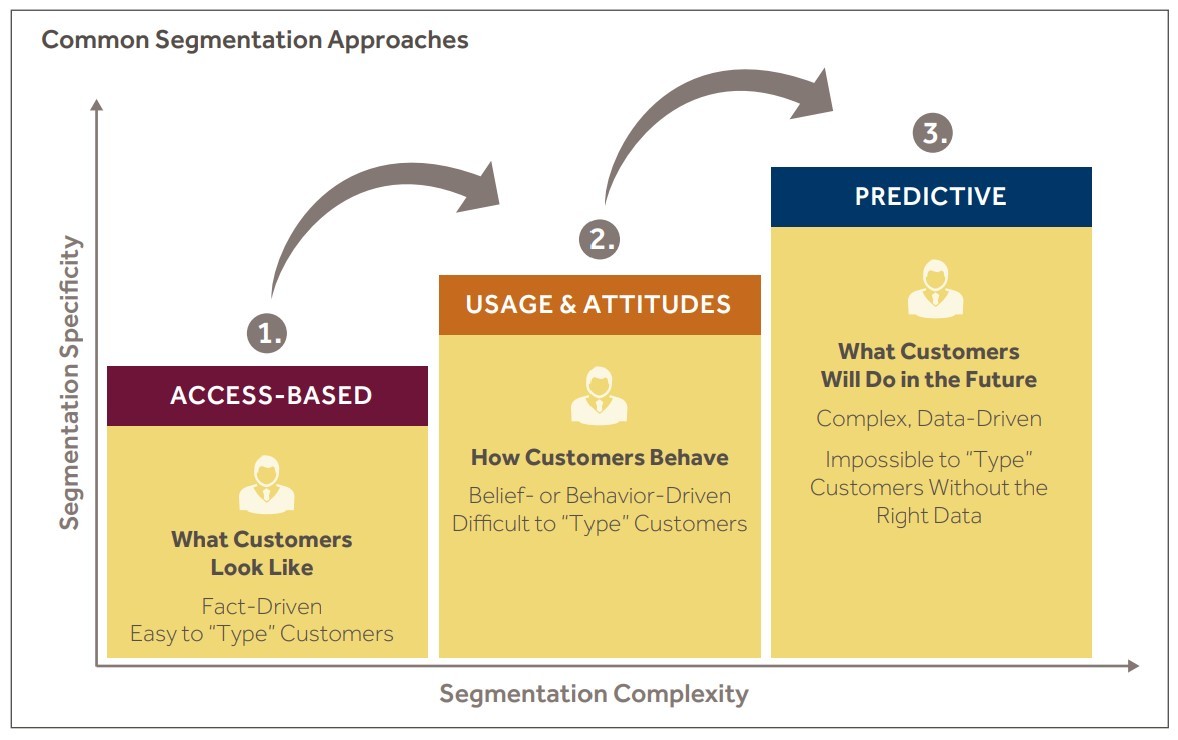
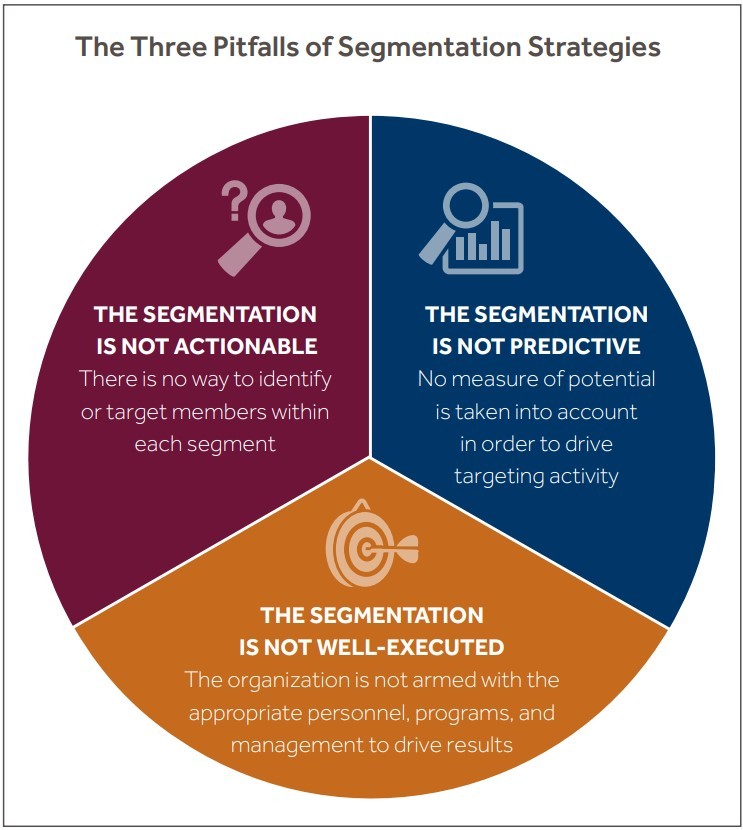







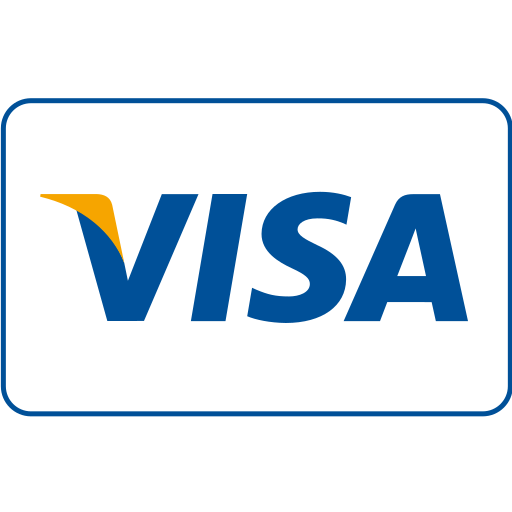
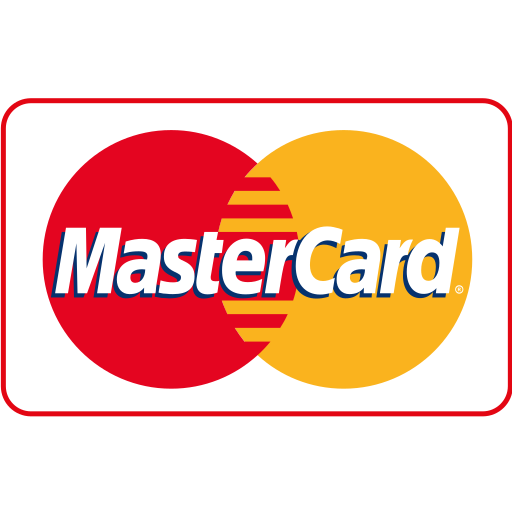
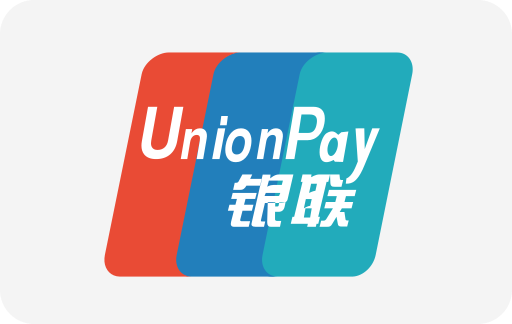
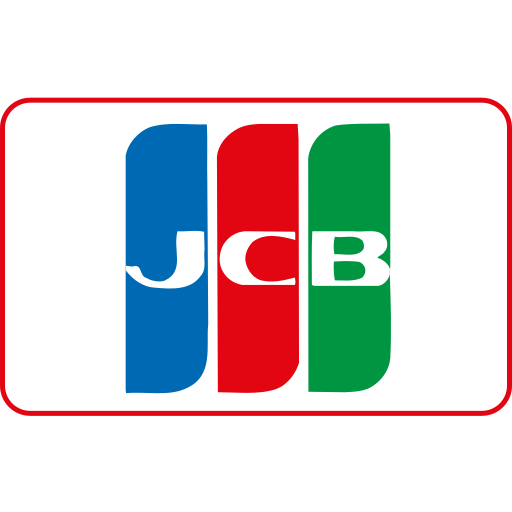
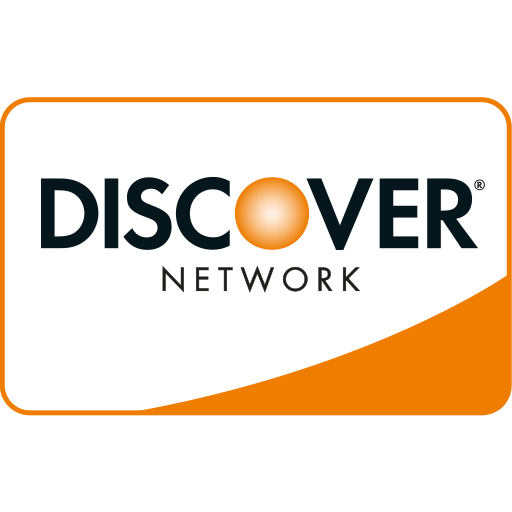


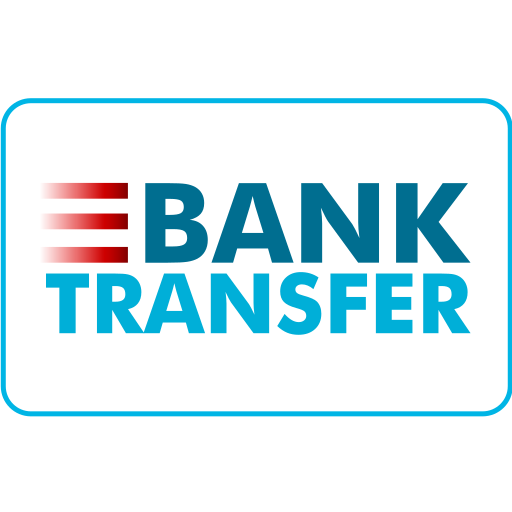
WebSeoSG offers the highest quality website traffic services in Singapore. We provide a variety of traffic services for our clients, including website traffic, desktop traffic, mobile traffic, Google traffic, search traffic, eCommerce traffic, YouTube traffic, and TikTok traffic. Our website boasts a 100% customer satisfaction rate, so you can confidently purchase large amounts of SEO traffic online. For just 40 SGD per month, you can immediately increase website traffic, improve SEO performance, and boost sales!
Having trouble choosing a traffic package? Contact us, and our staff will assist you.
Free consultation